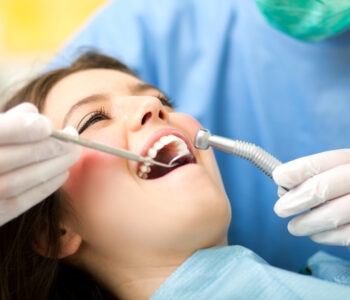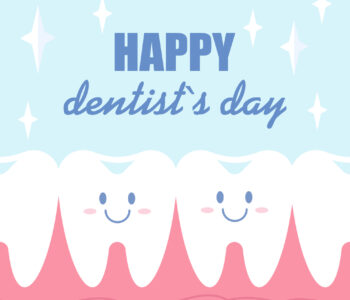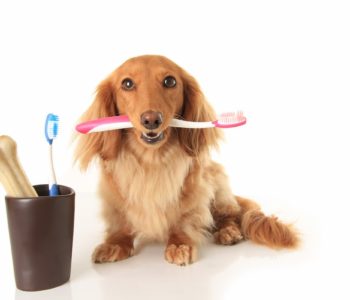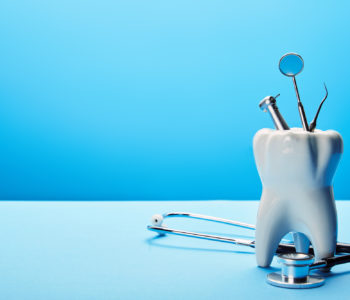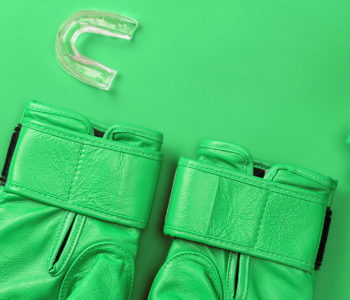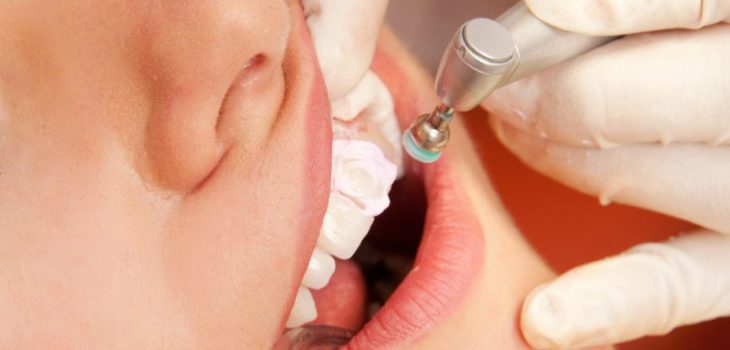 Dental Health
Dental Health
Shine Up Your Smile for 2017
For those of you still coming down from a sugar cookie high, courtesy of the Christmas season – now is the time to harness that energy and schedule your next dental cleaning. With the New Year well on its way, we are faced with the perfect opportunity to greet 2017 with a perfectly polished smile. Whether you are a dental health devotee or drop out, everyone gets a fresh start come January 1. Before you call to make that all-important appointment, you might be wondering what professional teeth cleaning actually entails…
The Teeth Cleaning Trifecta
The process of a professional teeth cleaning is organized around three primary tasks: evaluative x-rays, the cleaning itself, capped off by a comprehensive exam. These three tasks are designed for exploratory, preventative, and diagnostic purposes. Scheduling routine cleaning appointments, which the Academy of General Dentistry recommends twice annually, or once every six months, helps your dentist understand your oral health history in order to plan proper dental care for you to follow in the future.
Task One – Say Cheese!
You should expect your dentist to order x-rays if you’re a new patient or you don’t have recent x-rays from your previous practitioner. X-rays are quick and painless, and while they do contain radiation, the amount is scant, and not something you should worry about unless you are pregnant (in which case, your dentist will not order x-rays until after your delivery). Most patients get new x-rays on a yearly basis; however, if your dentist is monitoring a particular concern or condition, he or she might require x-rays more frequently.
Traditionally, patients remain in the dentist’s chair and are covered with a lead bib to prevent unnecessary exposure to the associated radiation. Spacers might be needed to manipulate your mouth and jaw into optimal positions for the image series required. Generally, what your dentist is trying to reveal are any abnormalities or inconsistencies with your dental health, like cavities.
Task Two – A Clean Start
After your x-rays have been taken, a dental hygienist will check your teeth via a small mirror, which allows her or him to investigate every nook and cranny in your mouth, especially those tight spaces between your teeth. This spot check helps your hygienist identify any areas that show signs inflammation or infection, read: gingivitis.
As long as your mouth looks healthy enough to proceed, the hygienist will then use a scaler to remove plaque and, most importantly, tartar – which is the plaque that has calcified. Tartar tends to build up between your teeth and gum line and can only be removed by a professional. No matter how diligent you are when it comes to dental hygiene, tartar can still occur and must be professionally removed courtesy of the scaler, wielded by your hygienist’s expert hands.
What’s that sound?
The scrape, scraping sounds simply signal the scaler doing its job – ridding your teeth of plaque and tartar buildup; the more tartar you have, the longer the symphony of scraping will continue. So, if the scrape of the scaler is, for you, akin to nails down a chalkboard, make a mental note to get serious about brushing, but especially flossing.
Next, your hygienist will polish your teeth using a high-powered electric brush and some seriously gritty toothpaste. The purpose of this process is two-fold: the brushing action and grainy paste polish your teeth for your pearliest smile, but also smooth the surface, making it too slick for plaque to build up. This helps prevent plaque from taking hold before your next professional cleaning (ahem…six months from now. Mark your calendar).
Once finished, the hygienist will have you rinse out your mouth to clear away any detritus from these initial steps. The rinse often contains liquid fluoride, but for even better fluoride application, you might be outfitted with a mouthpiece, which is filled with a flavored fluoride treatment. You will hold that boxer-about-to-enter-the-ring pose for approximately one minute, followed by no water or food for 30 minutes – and that completes the cleaning portion of our program.
Before the dentist sees you for the third and final task of this appointment, your hygienist will use a small probe to check your teeth and gums for gingival, or periodontal, pockets. These spaces are found along your gum line where the gum attaches to your teeth. These pockets store bacteria that accrue over time, threatening the bone structure around your teeth. Left unchecked, these bacteria can require tooth extractions, so this is an important evaluation.
Healthy gum lines will have pockets that only measure between 1-3 mm. Pockets measuring upwards of 4 mm – 5 mm is the real harbinger – suggest gum disease and will require further monitoring and possible treatment.
The dentist will see you now…
Task Three – The Dental Examination
Now that your hygienist has you all prepped, polished, and ready to see the dentist, you can expect a comprehensive exam, which evaluates your overall dental health. Your dentist will check your bite for alignment, listen for popping or clicking sounds in your jaw, specifically your temporomandibular joint, which connects your lower jaw to your skull, inspect the grooves in your teeth for signs of grinding or clenching, and check your lymph glands, palate, and the soft tissues in your lips, tongue, cheeks, and floor of your mouth for any hint of infection, or more critically, oral cancer.
No Time Like the Present to Invest in The Future
Before you find yourself chiming into a melancholic round of Auld Lang Syne, which translates as “Times Gone By,” consider contacting your team at Crown Dental, especially if, ahem, significant time has gone by since you were last seen for a cleaning.
Give Karen a call at 603-521-7739, and put your best smile forward for the New Year!

